2014 © TJ Lavigne
Home
To understand what Nehemiah and his friends went through in order to rebuild Jerusalem, you should read the whole book of Nehemiah
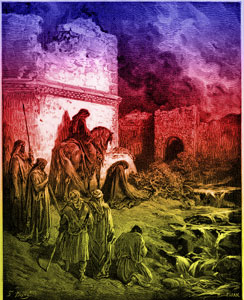

What brought about the captivity of the Jews and the destruction of Jerusalem? Sin and Idolatry.Proverbs 11:11 By the blessing of the upright the city is exalted: but it is overthrown by the mouth of the wicked.
Proverbs 14:34 Righteousness exalteth a nation: but sin is a reproach to any people.
Righteousness means justice, righteousness, righteousness in government, law (of judges, rulers, king)
Nation means nation, people, non-Hebrew people as wells descendants of Abraham, of Israel.
Saul the king is rejected by the Lord because of his rebellion and stubborness. He rejected God's explicit orders and then made excuses, blaming the people for his own disobedience.
1 Samuel 15:23 For rebellion is as the sin of witchcraft, and stubbornness is as iniquity and idolatry. Because thou hast rejected the word of the LORD, he hath also rejected thee from being king.
Proverbs 14:34 Righteousness exalteth a nation: but sin is a reproach to any people.
Righteousness means justice, righteousness, righteousness in government, law (of judges, rulers, king)
Nation means nation, people, non-Hebrew people as wells descendants of Abraham, of Israel.
Saul the king is rejected by the Lord because of his rebellion and stubborness. He rejected God's explicit orders and then made excuses, blaming the people for his own disobedience.
1 Samuel 15:23 For rebellion is as the sin of witchcraft, and stubbornness is as iniquity and idolatry. Because thou hast rejected the word of the LORD, he hath also rejected thee from being king.
Nehemiah 1:1-5
1 The words of Nehemiah the son of Hachaliah. And it came to pass in the month Chisleu, in the twentieth year, as I was in Shushan the palace,
2 That Hanani, one of my brethren, came, he and certain men of Judah; and I asked them concerning the Jews that had escaped, which were left of the captivity, and concerning Jerusalem.
3 And they said unto me, The remnant that are left of the captivity there in the province are in great affliction and reproach: the wall of Jerusalem also is broken down, and the gates thereof are burned with fire.
4 And it came to pass, when I heard these words, that I sat down and wept, and mourned certain days, and fasted, and prayed before the God of heaven,
5 And said, I beseech thee, O LORD God of heaven, the great and terrible God, that keepeth covenant and mercy for them that love him and observe his commandments:
1 The words of Nehemiah the son of Hachaliah. And it came to pass in the month Chisleu, in the twentieth year, as I was in Shushan the palace,
2 That Hanani, one of my brethren, came, he and certain men of Judah; and I asked them concerning the Jews that had escaped, which were left of the captivity, and concerning Jerusalem.
3 And they said unto me, The remnant that are left of the captivity there in the province are in great affliction and reproach: the wall of Jerusalem also is broken down, and the gates thereof are burned with fire.
4 And it came to pass, when I heard these words, that I sat down and wept, and mourned certain days, and fasted, and prayed before the God of heaven,
5 And said, I beseech thee, O LORD God of heaven, the great and terrible God, that keepeth covenant and mercy for them that love him and observe his commandments:
Ezekiel 22:30 And I sought for a man among them, that should make up the hedge H1447, and stand in the gap H6556 before me for the land, that I should not destroy it: but I found none.
H1447 gader, a hedge, wall, wall of a vineyard, a place fortified with a wall, a place surrounded by a wall.
hedge, noun, a row of shrubs or small trees that are planted close to each other in order to form a boundary, something that provides protection or defense. Miriam Webster Dictionary
H6556, perets, breach, gap, broken wall, outburst (fig. of God's wrath)
Moses standing in the GAP for his people.
Exodus 32:7-14
7 And the LORD said unto Moses, Go, get thee down; for thy people, which thou broughtest out of the land of Egypt, have corrupted themselves:
8 They have turned aside quickly out of the way which I commanded them: they have made them a molten calf, and have worshipped it, and have sacrificed thereunto, and said, These be thy gods, O Israel, which have brought thee up out of the land of Egypt.
9 And the LORD said unto Moses, I have seen this people, and, behold, it is a stiffnecked people:
10 Now therefore let me alone, that my wrath may wax hot against them, and that I may consume them: and I will make of thee a great nation.
11 And Moses besought the LORD his God, and said, LORD, why doth thy wrath wax hot against thy people, which thou hast brought forth out of the land of Egypt with great power, and with a mighty hand?
12 Wherefore should the Egyptians speak, and say, For mischief did he bring them out, to slay them in the mountains, and to consume them from the face of the earth? Turn from thy fierce wrath, and repent of this evil against thy people.
13 Remember Abraham, Isaac, and Israel, thy servants, to whom thou swarest by thine own self, and saidst unto them, I will multiply your seed as the stars of heaven, and all this land that I have spoken of will I give unto your seed, and they shall inherit it for ever.
14 And the LORD repented of the evil which he thought to do unto his people.
It is recorded 10 times in the Old Testament that the Lord repented.
H1447 gader, a hedge, wall, wall of a vineyard, a place fortified with a wall, a place surrounded by a wall.
hedge, noun, a row of shrubs or small trees that are planted close to each other in order to form a boundary, something that provides protection or defense. Miriam Webster Dictionary
H6556, perets, breach, gap, broken wall, outburst (fig. of God's wrath)
Moses standing in the GAP for his people.
Exodus 32:7-14
7 And the LORD said unto Moses, Go, get thee down; for thy people, which thou broughtest out of the land of Egypt, have corrupted themselves:
8 They have turned aside quickly out of the way which I commanded them: they have made them a molten calf, and have worshipped it, and have sacrificed thereunto, and said, These be thy gods, O Israel, which have brought thee up out of the land of Egypt.
9 And the LORD said unto Moses, I have seen this people, and, behold, it is a stiffnecked people:
10 Now therefore let me alone, that my wrath may wax hot against them, and that I may consume them: and I will make of thee a great nation.
11 And Moses besought the LORD his God, and said, LORD, why doth thy wrath wax hot against thy people, which thou hast brought forth out of the land of Egypt with great power, and with a mighty hand?
12 Wherefore should the Egyptians speak, and say, For mischief did he bring them out, to slay them in the mountains, and to consume them from the face of the earth? Turn from thy fierce wrath, and repent of this evil against thy people.
13 Remember Abraham, Isaac, and Israel, thy servants, to whom thou swarest by thine own self, and saidst unto them, I will multiply your seed as the stars of heaven, and all this land that I have spoken of will I give unto your seed, and they shall inherit it for ever.
14 And the LORD repented of the evil which he thought to do unto his people.
It is recorded 10 times in the Old Testament that the Lord repented.
Rebuilding the Walls, Rehanging the Gates, Standing in the Gap
"FlaCitiesMap" by Mgreason - This is a derivative work based on File:USA Florida location map.png which is in the public domain in the United States because it is a work of the United States Federal Government.. Via Wikipedia.
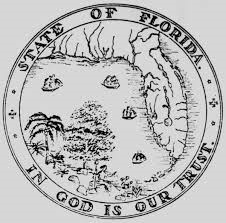
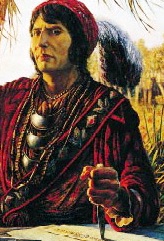
Osceola, Billy Powell, 1804-1838
From a mural by Christopher Still. Hand and Knife. The legend persists that Osceola drove a knife into the "Treaty of Paynes Landing" resolving never to give up Florida.
From a mural by Christopher Still. Hand and Knife. The legend persists that Osceola drove a knife into the "Treaty of Paynes Landing" resolving never to give up Florida.
An impression of FL's first state seal pattern was embossed on Florida's Ordinance of Secession to certify it as official in January 1861.
IN GOD IS OUR TRUST
IN GOD IS OUR TRUST
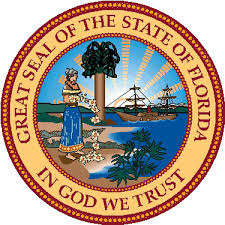
Florida seal today
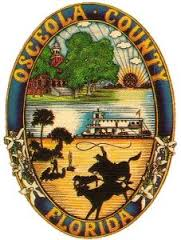
Osceola County seal
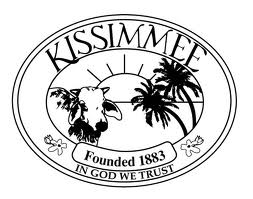
City of Kissimmee seals.
The Florida Methodist Circuit Riders -- The Missionaries.
The Osceola County Roads, Walls, Gates and Monuments.
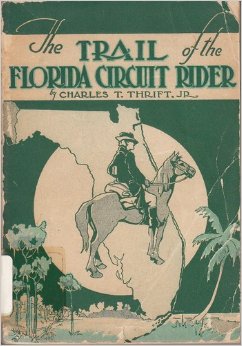
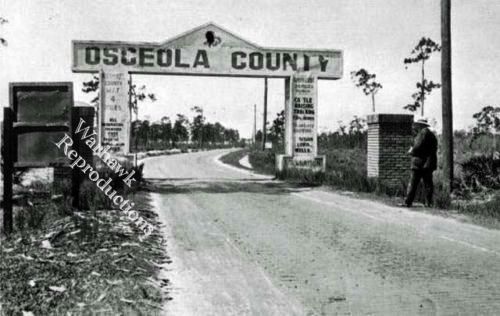
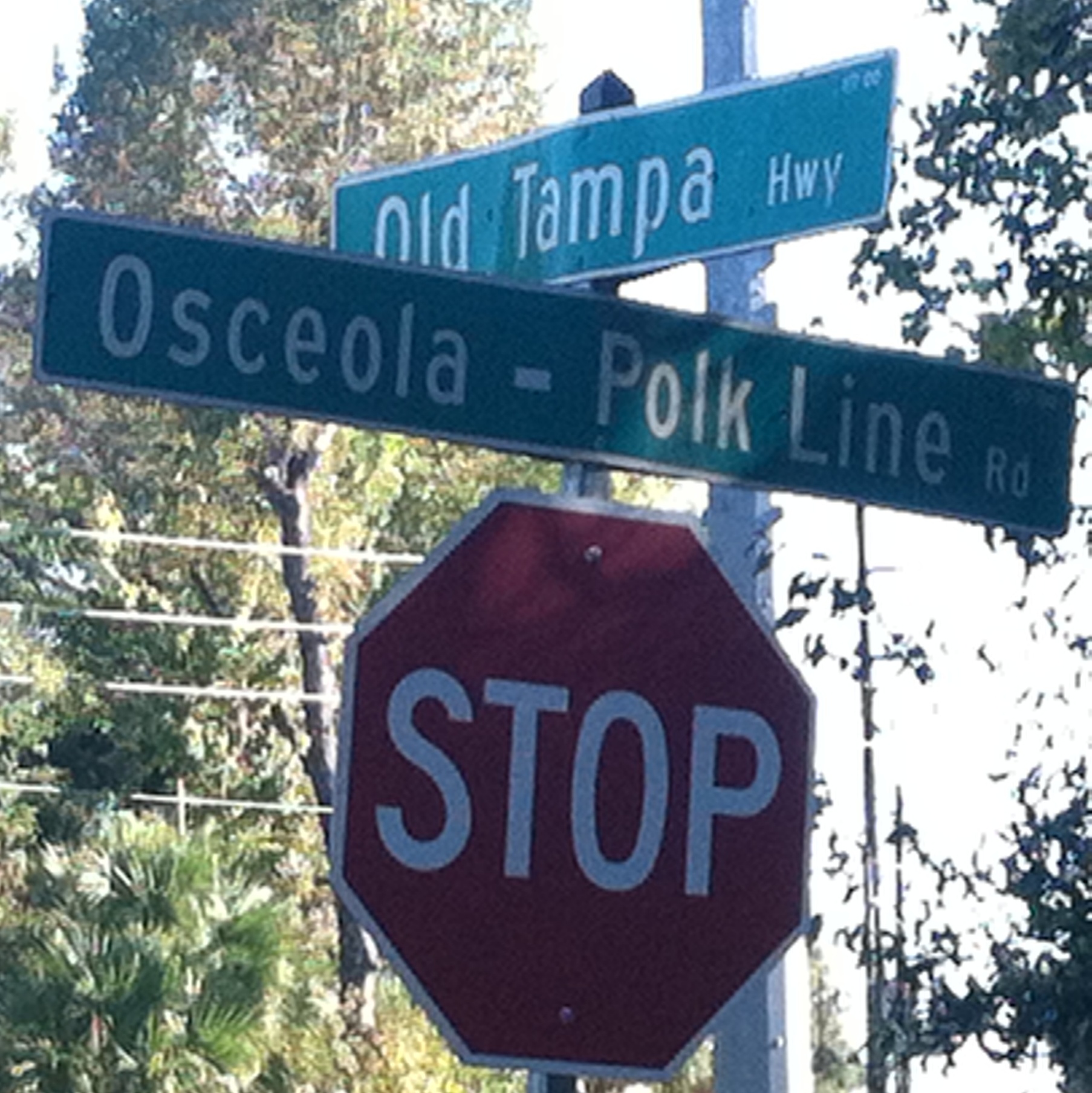
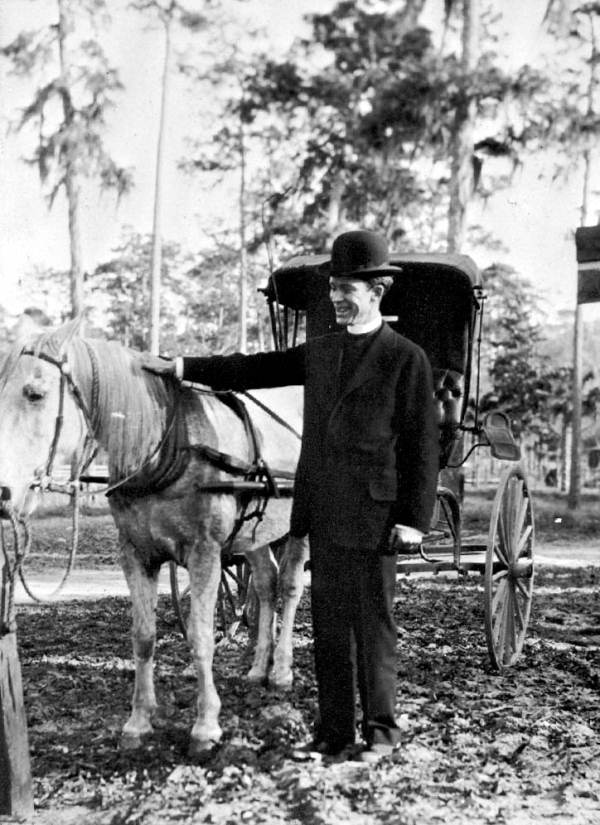
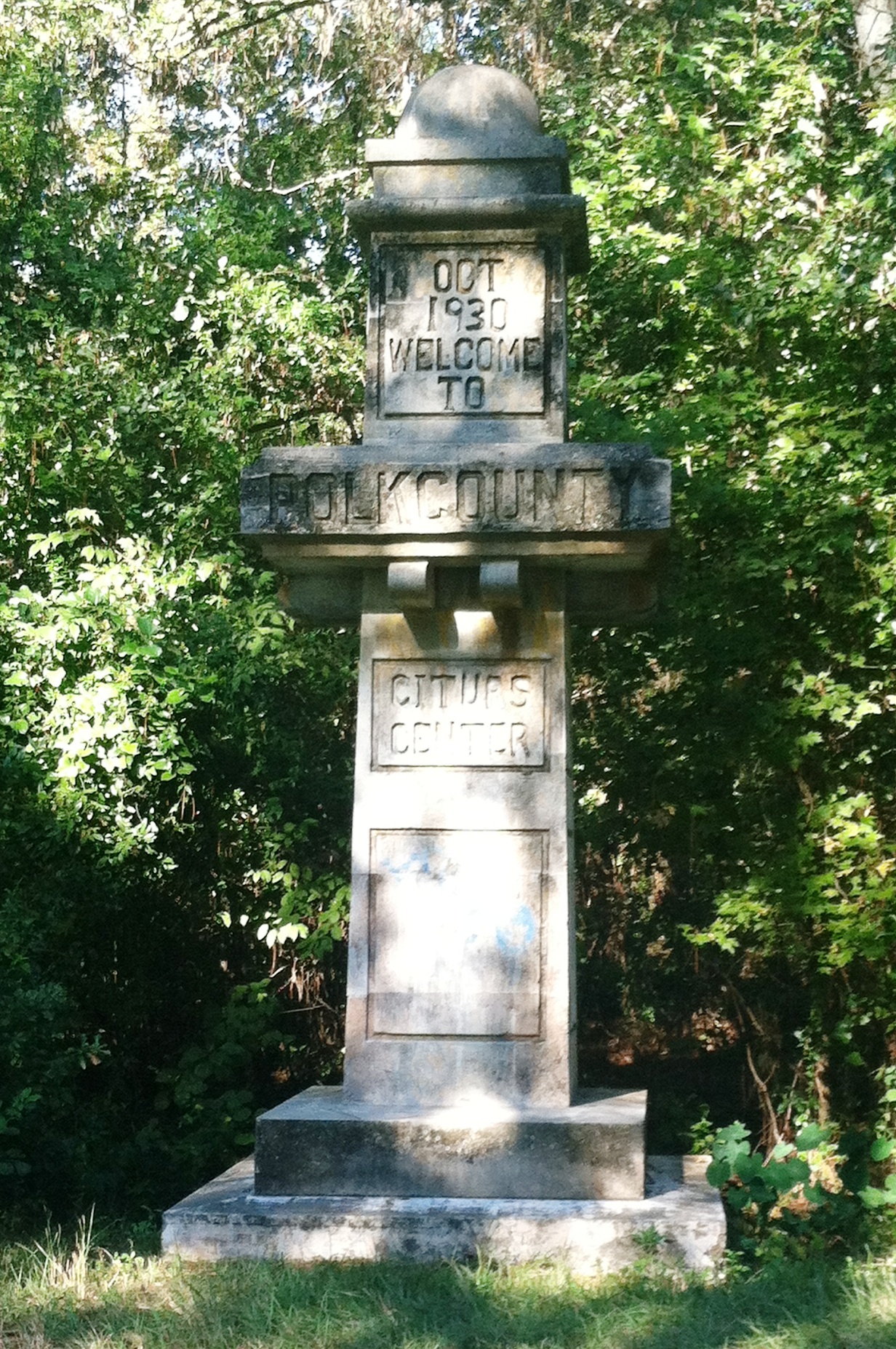
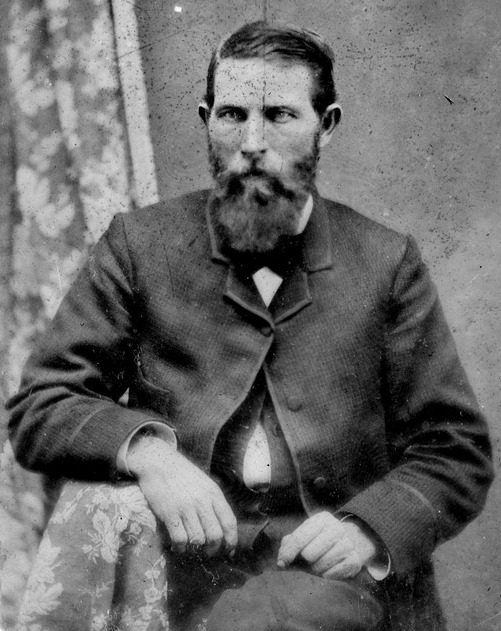
The Archway on the Dixie Hwy (heading south) coming into Osceola County from Orange County, circa 1925.
Forgotten Citrus Center Monument #2 in Loughlin, FL.
County Commissioners erected concrete markers at the boundaries of Polk County, Florida way back during the "boom" years of the state, around 1920, alongside the main roads leading in and out of the county.
One such famous road was the Old Dixie Highwaywhich ran from the northern states south to Florida and on down through the state. Originally a very narrow red brick road in places there still exists a very short "lost" stretch of this famous highway in Central Florida.
Along that road is one of the Polk County Monuments or "Markers". It stands approximately 12 feet high and is inscribed: "POLK COUNTY, FLORIDA, CITURS CENTER." Yes, it is misspelled. Also along this stretch was the old winter grounds for a couple of circus troupes. Those grounds are vacant now, but the road is still red brick, still narrow, and winds through lush, dense oak trees with Spanish moss draping from their branches.
The Old Tampa Hwy/Old Dixie Hwy was listed on Osie England's census entry as "down the way from Intercession City Highway". Therefore, for a time it was AKA Intercession City Highway.
One such famous road was the Old Dixie Highwaywhich ran from the northern states south to Florida and on down through the state. Originally a very narrow red brick road in places there still exists a very short "lost" stretch of this famous highway in Central Florida.
Along that road is one of the Polk County Monuments or "Markers". It stands approximately 12 feet high and is inscribed: "POLK COUNTY, FLORIDA, CITURS CENTER." Yes, it is misspelled. Also along this stretch was the old winter grounds for a couple of circus troupes. Those grounds are vacant now, but the road is still red brick, still narrow, and winds through lush, dense oak trees with Spanish moss draping from their branches.
The Old Tampa Hwy/Old Dixie Hwy was listed on Osie England's census entry as "down the way from Intercession City Highway". Therefore, for a time it was AKA Intercession City Highway.
The South Florida Railroad, operated by another syndicate of investors from New England, was building a line from Sanford to Orlando, reaching Orlando via Longwood, Maitland and Winter Park in December 1880. The line was extended to Kissimmee in March of 1882. Strapped for cash, the South Florida Railroad sold a 60 percent interest to Plant's investment company. Plant was ready to find a way to extend the South Florida line toward Tampa Bay, and engaged the Jacksonville, Tampa & Key West Railway as described above. Meanwhile, at the urging of Hamilton Disston who owned lands nearby, the South Florida Railroad extended its line from Orlando to Kissimmee in 1882.
The South Florida Rail Road
Ez. 22:30 And I sought for a man among them, that should make up H1443 the hedge H1447, and stand H5975in the gap H6556before me for the land H776, that I should not destroy H7843 it: but I found none.
H1443, gadar, To wall up, wall off, close off, to surround with a fence, hedge, wall, hence to erect a wall, i.e. a fortified city. To fortify with a wall, to wall around, i.e. to set any one in safety.
H1447, gader, fence, wall, wall of a vineyard, a place fortified with a wall, a place surrounded by a wall.
H5975, gader, to stand, to stand firm in battle, remain, endure, arise, take one’s stand, to raise, to set up, as statutes, to arouse, to stir up, be in a standing attitude, to constitute, to decree, to establish, to preserve, to confirm the vision, i.e. by the event, be or become servant of, to hold one’s ground, rise up or against, to station, set, to stand firm, to persist, to persevere in any thing, to keep the covenant (and) to stand to it, to present (one) before (king) to appoint, ordain, establish, to minister to Jehovah,
H6556, perets, gap, breach, breach of a wall, rupture, broken wall, breaking in, a metaphor, taken from besiegers who rush into a city through breaches in the wall, in great numbers and with great violence, to stand in the breach, to repel the enemy, which would be the act of the bravest soldiers, who would expose their lives to most imminent peril.
H776, 'erets, land, a country, earth, country, territory, district, region, inhabitants of the land, city (-state), people of the land, anyone’s land is that which is subject to anyone; or which is consecrated, or that in which any one dwells, or was born, “his native land,” the ground, speak to the ground, i.e. the reptiles of the ground.
H7843, shachath, to destroy, to ruin, either by laying waste, as a country, a region, a field or by pulling down, as walls, a city, or by wounding, or by killing, both individuals, and whole peoples, “he destroyed (i.e. suppressed) his mercy.” A destroyer, a waster, a man of destruction, one who brings destruction on himself, one who wastes his own goods, a prodigal, to be laid waste, be corrupt, spoiled, go to ruin, be ruined, decay, be rotted, spoil, to pervert, corrupt (morally)
H1443, gadar, To wall up, wall off, close off, to surround with a fence, hedge, wall, hence to erect a wall, i.e. a fortified city. To fortify with a wall, to wall around, i.e. to set any one in safety.
H1447, gader, fence, wall, wall of a vineyard, a place fortified with a wall, a place surrounded by a wall.
H5975, gader, to stand, to stand firm in battle, remain, endure, arise, take one’s stand, to raise, to set up, as statutes, to arouse, to stir up, be in a standing attitude, to constitute, to decree, to establish, to preserve, to confirm the vision, i.e. by the event, be or become servant of, to hold one’s ground, rise up or against, to station, set, to stand firm, to persist, to persevere in any thing, to keep the covenant (and) to stand to it, to present (one) before (king) to appoint, ordain, establish, to minister to Jehovah,
H6556, perets, gap, breach, breach of a wall, rupture, broken wall, breaking in, a metaphor, taken from besiegers who rush into a city through breaches in the wall, in great numbers and with great violence, to stand in the breach, to repel the enemy, which would be the act of the bravest soldiers, who would expose their lives to most imminent peril.
H776, 'erets, land, a country, earth, country, territory, district, region, inhabitants of the land, city (-state), people of the land, anyone’s land is that which is subject to anyone; or which is consecrated, or that in which any one dwells, or was born, “his native land,” the ground, speak to the ground, i.e. the reptiles of the ground.
H7843, shachath, to destroy, to ruin, either by laying waste, as a country, a region, a field or by pulling down, as walls, a city, or by wounding, or by killing, both individuals, and whole peoples, “he destroyed (i.e. suppressed) his mercy.” A destroyer, a waster, a man of destruction, one who brings destruction on himself, one who wastes his own goods, a prodigal, to be laid waste, be corrupt, spoiled, go to ruin, be ruined, decay, be rotted, spoil, to pervert, corrupt (morally)
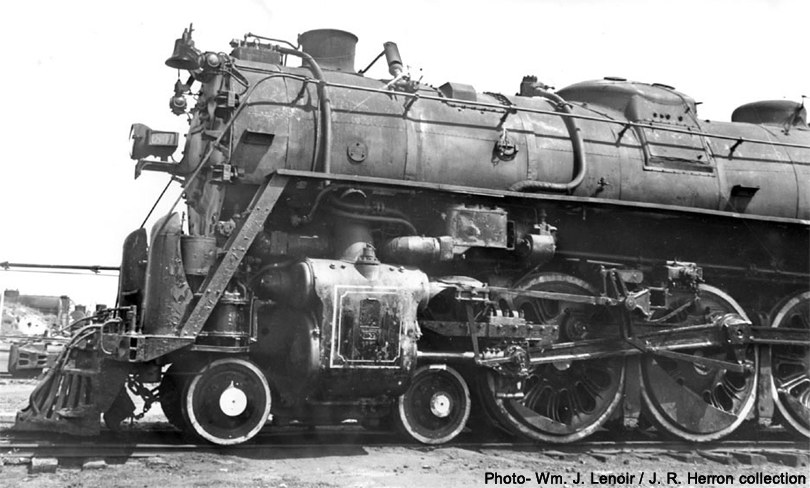
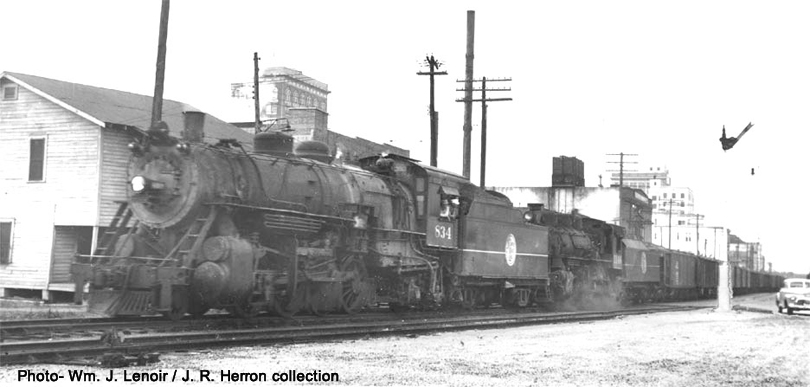
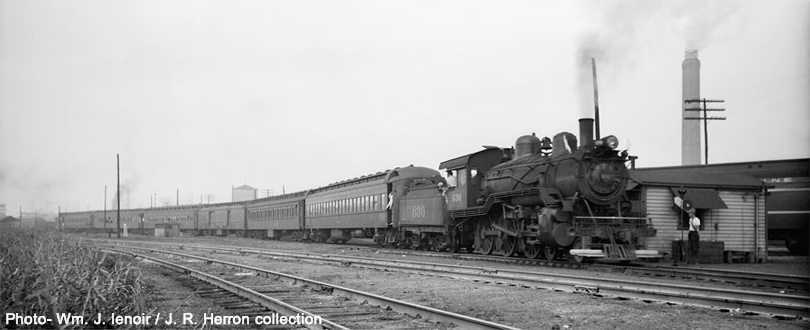
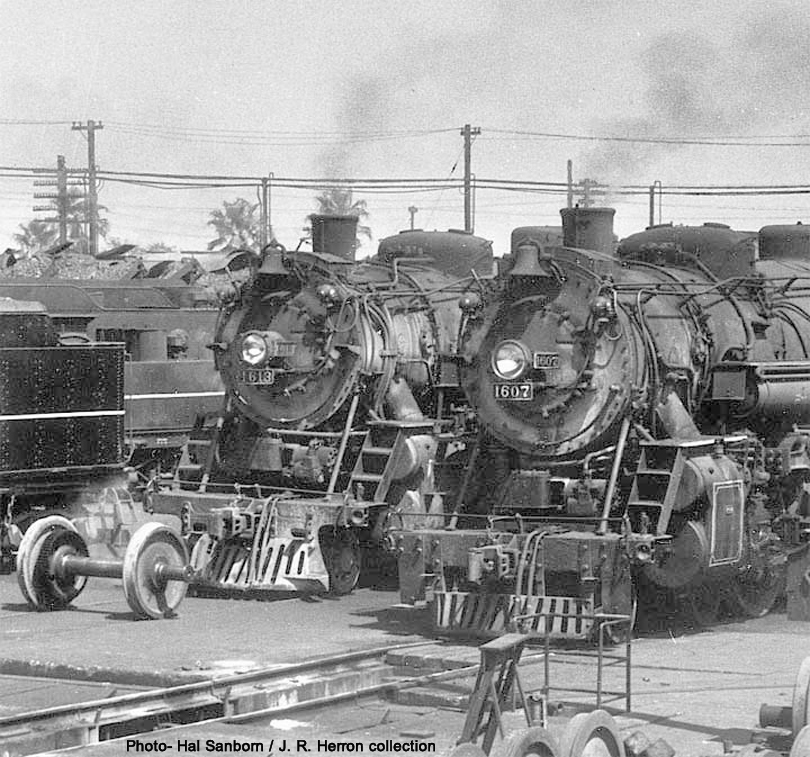
Spain claims Florida in 1513
What is the origin of the word Florida? November 10, 2005|By Stephanie Doyle, Special to the Sentinel
The name comes from the daring adventurer Juan Ponce de Leon, who accidentally stumbled upon the Florida peninsula during a search to find the legendary "Fountain of Youth."
The year was 1513. Ponce de Leon was searching for gold and the "fountain of youth" -- a legendary spring that gave people eternal life and health. He sailed from Puerto Rico on March 3 with three ships, the Santa Maria, the Santiago, and the San Cristobal, and about 200 men. After stops at Grand Turk Island and San Salvador, they reached the east coast of Florida, near St. Augustine.
Ponce de Leon claimed the land for Spain, calling it La Florida, the Spanish name for flowery, covered with flowers, or abounding in flowers. Something to do with flowers anyway.
Makes sense to me. Seems like the aromatic combination of orange blossoms and pollen in the air would have led him here. Some historians think Ponce de Leon chose the name because his arrival in Florida occurred at the time of the Easter feast (in Spanish, Pascua Florida).
By the way, Ponce de Leon never did find the youth-restoring fountain. In 1521, he returned to Charlotte Harbor to attempt a colony. That didn't turn out so well. Some American Indians attacked his search party. He was wounded and returned to Cuba, where he died. He is buried in San Juan, Puerto Rico.
What is the origin of the word Florida? November 10, 2005|By Stephanie Doyle, Special to the Sentinel
The name comes from the daring adventurer Juan Ponce de Leon, who accidentally stumbled upon the Florida peninsula during a search to find the legendary "Fountain of Youth."
The year was 1513. Ponce de Leon was searching for gold and the "fountain of youth" -- a legendary spring that gave people eternal life and health. He sailed from Puerto Rico on March 3 with three ships, the Santa Maria, the Santiago, and the San Cristobal, and about 200 men. After stops at Grand Turk Island and San Salvador, they reached the east coast of Florida, near St. Augustine.
Ponce de Leon claimed the land for Spain, calling it La Florida, the Spanish name for flowery, covered with flowers, or abounding in flowers. Something to do with flowers anyway.
Makes sense to me. Seems like the aromatic combination of orange blossoms and pollen in the air would have led him here. Some historians think Ponce de Leon chose the name because his arrival in Florida occurred at the time of the Easter feast (in Spanish, Pascua Florida).
By the way, Ponce de Leon never did find the youth-restoring fountain. In 1521, he returned to Charlotte Harbor to attempt a colony. That didn't turn out so well. Some American Indians attacked his search party. He was wounded and returned to Cuba, where he died. He is buried in San Juan, Puerto Rico.
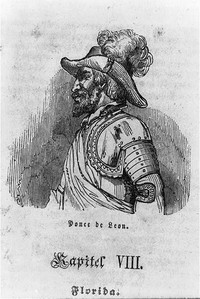
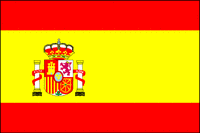

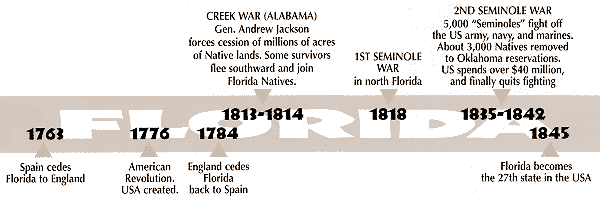
The Florida Indians. The original inhabitants of the land now called Florida.
But what about the Seminole Tribe?
The Seminoles were not originally a single tribe. They were an alliance of Northern Florida and Southern Georgia natives that banded together in the 1700's to fight the European invaders, including people from the Creek, Miccosukee, Hitchiti and Oconee tribes. Later the alliance became even closer, and today the Seminoles are a united sovereign nation, even though their people speak two languages and have different cultural backgrounds.
The original homelands of Florida's Creek and Miccosukee Indians were in the northern part of the state, but since the native tribes of southern Florida had been conquered and shipped to Cuba by the Spanish, the Seminoles retreated into that area, where most Seminole people are still living today.
The Seminoles were not originally a single tribe. They were an alliance of Northern Florida and Southern Georgia natives that banded together in the 1700's to fight the European invaders, including people from the Creek, Miccosukee, Hitchiti and Oconee tribes. Later the alliance became even closer, and today the Seminoles are a united sovereign nation, even though their people speak two languages and have different cultural backgrounds.
The original homelands of Florida's Creek and Miccosukee Indians were in the northern part of the state, but since the native tribes of southern Florida had been conquered and shipped to Cuba by the Spanish, the Seminoles retreated into that area, where most Seminole people are still living today.


The Great Endurance Run of 1909 in downtown Kissimmee, Osceola County, FL
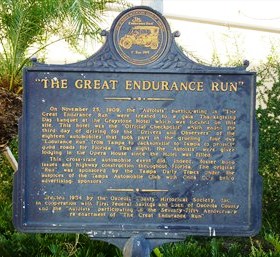
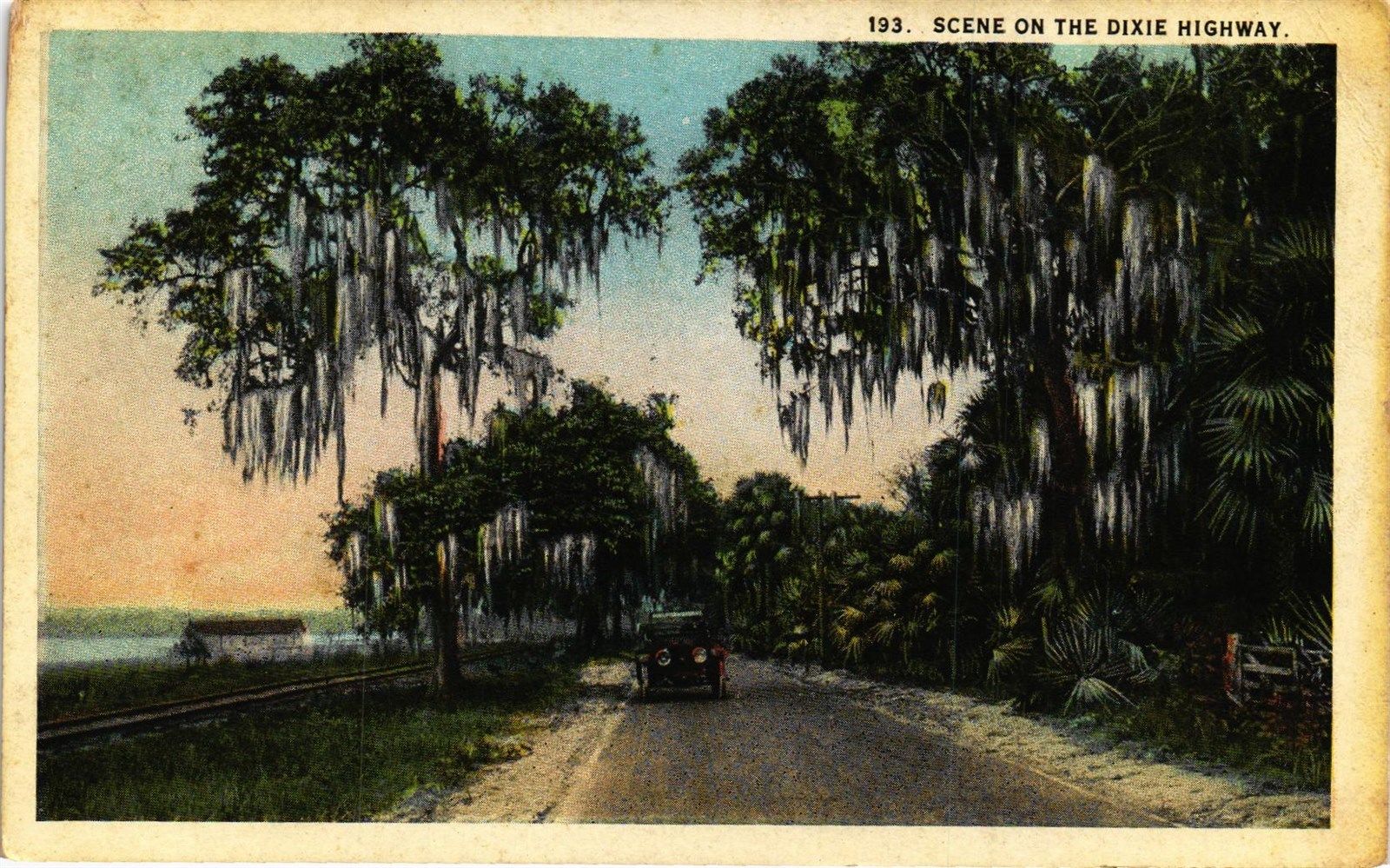
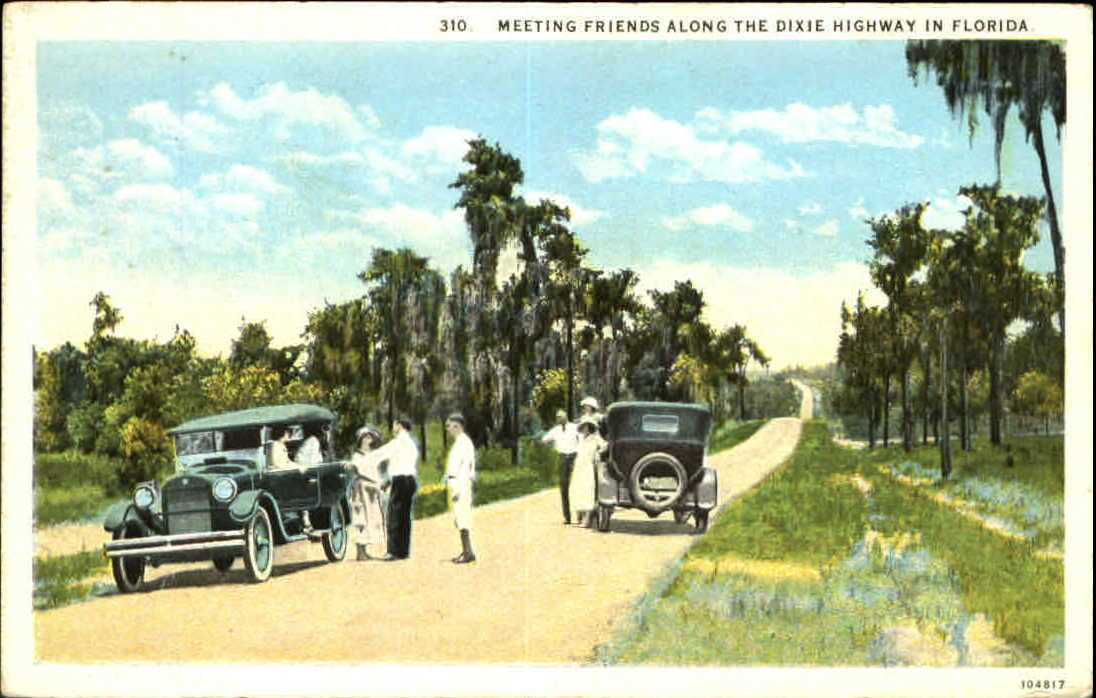
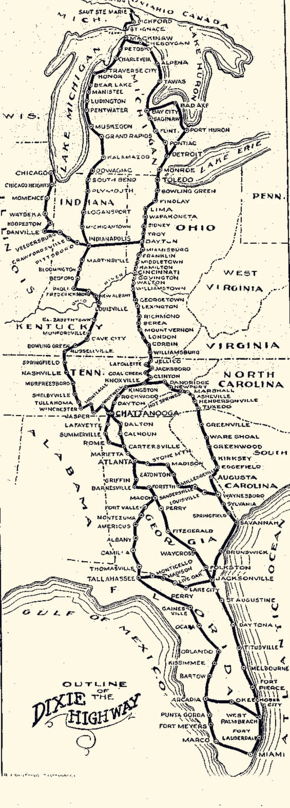

The Spanish Missions in Florida.
Beginning in the second half of the 16th century, the Kingdom of Spain
established a number of missions throughout la Florida in order to convert the
Indians to Christianity, to facilitate control of the area, and to prevent its
colonization by other countries, in particular, England and France. Spanish Florida
originally included much of what is now the Southeastern United States, although
Spain never exercised long-term effective control over more than the northern part
of what is now the State of Florida from present-day St. Augustine to the area
around Tallahassee, southeastern Georgia, and some coastal settlements, such as
Pensacola, Florida. A few short-lived missions were established in other locations,
including Mission Santa Elena in present day South Carolina, around the Florida
peninsula, and in the interior of Georgia and Alabama.
The missions of what are now northern Florida and southeastern Georgia were
divided into main four provinces where the bulk of missionary effort took place.
These were Apalachee, comprising the eastern part of the what is now the Florida
Panhandle; Timucua, ranging from the St. Johns River west to the Suwanee;
Mocama, the coastal areas east of the St. Johns running north to the Altamaha
River; and Guale, north of the Altamaha River along the coast to the present-day Georgia Sea Islands. These provinces roughly corresponded
to the areas where those dialects were spoken among the varying Native American peoples, thus, they reflected the territories of the peoples. Missionary provinces were relatively fluid and evolved over the years according to demographic and political trends, and at various times smaller provinces were established, abandoned, or merged with larger ones. There were also ephemeral attempts to establish missions elsewhere, particularly further south into Florida.
The priests and religious that traveled with the early conquistadors not withstanding, the 1549 expedition of Father Luis de Cancer and three other Dominicans to Tampa Bay was the first solely missionary effort attempted in la Florida. It ended in failure after six weeks with de Cancer's brutal martyrdom at the hands of the Tocobaga natives, which sent shock waves through the Dominican missionary community in New Spain for many years.
The first Spanish missions to the Indians of Florida, starting with the foundation of St. Augustine in 1565, were attached to presidios. Between 1565 and 1567 ten presidios were established at major harbors from Port Royal Sound to Tampa Bay to prevent other European powers from establishing bases in the area. Most of the presidios were unsustainable. San Mateo was destroyed by the French, the entire garrison at Tocobago was wiped out, and most of the other presidios were abandoned because of the hostility of the local Indians and the difficulty of providing supplies. By 1573 the only remaining presidios in Florida were St. Augustine and Santa Elena, and Santa Elena was abandoned (for a second time) in 1587.
The missions at the presidios were staffed by the Jesuits. Due to the hostility of the Indians, which resulted in the murder of several of the missionaries, the Jesuits withdrew from the mission field in la Florida in 1572. Franciscan friars entered into la Florida in 1573, but at first confined their activities to the immediate vicinity of St. Augustine. The Franciscans began taking their mission to the Guale and Timucua Indians along the Atlantic coast in 1587. Starting in 1606 the Franciscans expanded their mission efforts westward across Timucua territory, and by 1633 had established missions in Apalachee Province. The mission system functioned throughout the 17th century, but collapsed at the beginning of the 18th century after raids by English soldiers from the Province of Carolina and their Indian allies had depopulated all provinces.[3] The network of missions took its heaviest blow with Carolina Governor James Moore's raids into the area during Queen Anne's War. Most of the Spanish missions in the Apalachee Province were wiped out during the Apalachee massacre. http://en.wikipedia.org/wiki/Spanish_missions_in_Florida
Beginning in the second half of the 16th century, the Kingdom of Spain
established a number of missions throughout la Florida in order to convert the
Indians to Christianity, to facilitate control of the area, and to prevent its
colonization by other countries, in particular, England and France. Spanish Florida
originally included much of what is now the Southeastern United States, although
Spain never exercised long-term effective control over more than the northern part
of what is now the State of Florida from present-day St. Augustine to the area
around Tallahassee, southeastern Georgia, and some coastal settlements, such as
Pensacola, Florida. A few short-lived missions were established in other locations,
including Mission Santa Elena in present day South Carolina, around the Florida
peninsula, and in the interior of Georgia and Alabama.
The missions of what are now northern Florida and southeastern Georgia were
divided into main four provinces where the bulk of missionary effort took place.
These were Apalachee, comprising the eastern part of the what is now the Florida
Panhandle; Timucua, ranging from the St. Johns River west to the Suwanee;
Mocama, the coastal areas east of the St. Johns running north to the Altamaha
River; and Guale, north of the Altamaha River along the coast to the present-day Georgia Sea Islands. These provinces roughly corresponded
to the areas where those dialects were spoken among the varying Native American peoples, thus, they reflected the territories of the peoples. Missionary provinces were relatively fluid and evolved over the years according to demographic and political trends, and at various times smaller provinces were established, abandoned, or merged with larger ones. There were also ephemeral attempts to establish missions elsewhere, particularly further south into Florida.
The priests and religious that traveled with the early conquistadors not withstanding, the 1549 expedition of Father Luis de Cancer and three other Dominicans to Tampa Bay was the first solely missionary effort attempted in la Florida. It ended in failure after six weeks with de Cancer's brutal martyrdom at the hands of the Tocobaga natives, which sent shock waves through the Dominican missionary community in New Spain for many years.
The first Spanish missions to the Indians of Florida, starting with the foundation of St. Augustine in 1565, were attached to presidios. Between 1565 and 1567 ten presidios were established at major harbors from Port Royal Sound to Tampa Bay to prevent other European powers from establishing bases in the area. Most of the presidios were unsustainable. San Mateo was destroyed by the French, the entire garrison at Tocobago was wiped out, and most of the other presidios were abandoned because of the hostility of the local Indians and the difficulty of providing supplies. By 1573 the only remaining presidios in Florida were St. Augustine and Santa Elena, and Santa Elena was abandoned (for a second time) in 1587.
The missions at the presidios were staffed by the Jesuits. Due to the hostility of the Indians, which resulted in the murder of several of the missionaries, the Jesuits withdrew from the mission field in la Florida in 1572. Franciscan friars entered into la Florida in 1573, but at first confined their activities to the immediate vicinity of St. Augustine. The Franciscans began taking their mission to the Guale and Timucua Indians along the Atlantic coast in 1587. Starting in 1606 the Franciscans expanded their mission efforts westward across Timucua territory, and by 1633 had established missions in Apalachee Province. The mission system functioned throughout the 17th century, but collapsed at the beginning of the 18th century after raids by English soldiers from the Province of Carolina and their Indian allies had depopulated all provinces.[3] The network of missions took its heaviest blow with Carolina Governor James Moore's raids into the area during Queen Anne's War. Most of the Spanish missions in the Apalachee Province were wiped out during the Apalachee massacre. http://en.wikipedia.org/wiki/Spanish_missions_in_Florida
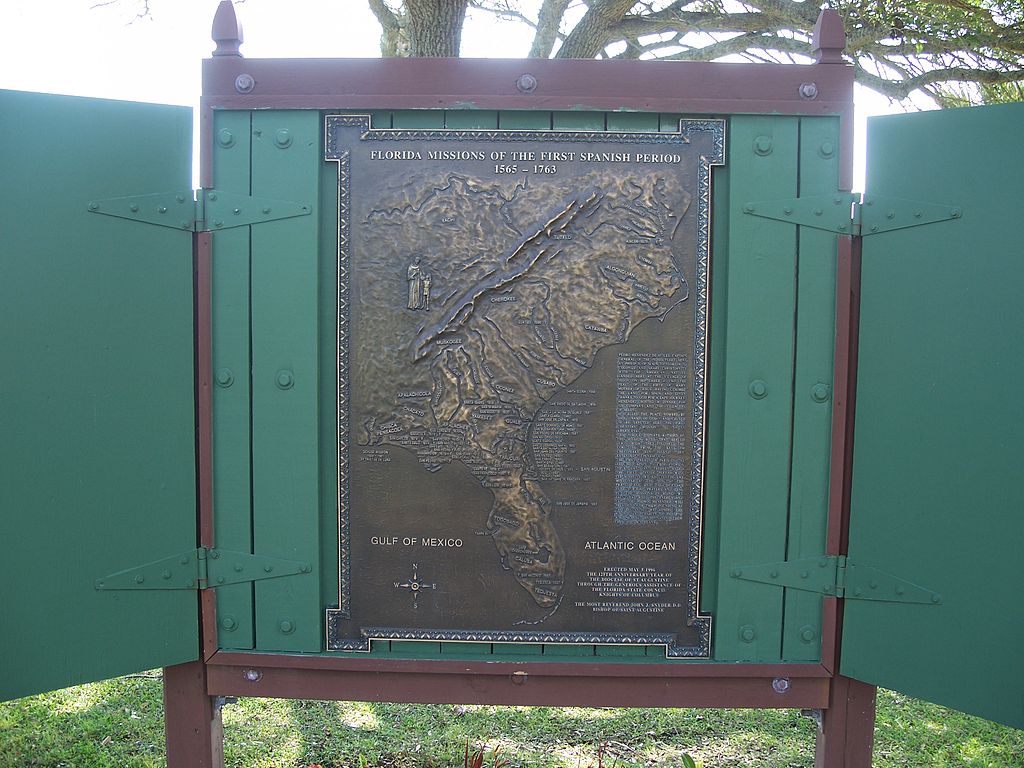
Click on plaque to visit site and learn more.
St. Augustine, Florida: Mission Nombre de Dios site. Approximate location of where Pedro Menéndez de Avilés landed in 1565, after which he founded St. Augustine. A plaque showing the locations of a third of the Spanish Missions, focusing on what is now the southeast United States. The plaque is titled Florida Missions of the First Spanish Period 1565 - 1763.
St. Augustine, Florida: Mission Nombre de Dios site. Approximate location of where Pedro Menéndez de Avilés landed in 1565, after which he founded St. Augustine. A plaque showing the locations of a third of the Spanish Missions, focusing on what is now the southeast United States. The plaque is titled Florida Missions of the First Spanish Period 1565 - 1763.
The Apalachee.
One of the most powerful and influential native groups of Florida was the Apalachee. At the time Europeans began arriving in America, the Apalachee controlled the fertile area near the Tallahassee hills between the Ochlockonee and Aucilla rivers. The fertile clay and loam soils of the hills supported the heaviest, most concentrated aboriginal population in the state.
The first Spaniards to explore Florida extensively were drawn to this same region. Panfilo de Narvaez journeyed there from Tampa Bay in 1528. Hernando de Soto wintered there from October 1539 until early March 1540.
Searching for gold, Narvaez and his expedition moved through swampy unpopulated flatwoods until they reached the Apalachee area, near present-day Tallahassee. The Apalachee "loomed big and naked, and from a distance looked like giants. They were handsomely proportioned, lean, agile, and strong," he wrote. Eleven years later, one of de Soto's men remarked on the abundance of corn and other food in all the Apalachee villages.
When the Europeans arrived, the Apalachee lived in somewhat permanent villages, relying heavily on agriculture for their subsistence. Controlling the territory between the Aucilla and land some distance west beyond the Ochlockonee River, they were a distinct group, politically and culturally, recognized as such both by themselves and other Indian groups far to the south. As a result of the fierce and determined hostility that the Apalachee manifested toward the first Spanish intrusions into their territory in the second quarter of the 16th century, Spain made no additional attempts to contact them until early in the next century.
Timucuan. Neighboring the Apalachee to the east were the Timucua, composed of at least 15 separate tribes sharing a common language. More is known about the Saturiwa than any other Timucuan group. They were encountered by the French in 1562 and immortalized in the drawings of Jacques Le Moyne de Morgues. Each Timuicuan village had its own leader who was under the jurisdiction of a head chief who exacted tribute.
The general name Timucuan was used by the Spaniards for all the native peoples who occupied north Florida east of the territory of the Apalachee. The Timucua were composed of a number of autonomous provinces that were hostile to one another at time when the first Europeans arrived. Among the important divisions in mission times were the Saltwater Timucua (Saturiwa and Mocamo), Fresh Water, Potano, Utina and Yustaga. The Saturiwa Indians used the name Timucua, spelled thimogna, to designate specfically the Utina Indians living between the St. Johns and the Suwannee rivers. In the early 17th century, Spaniards also used the name in this restrictive sense.
South Florida. Less is known about the early Indians of South Florida. The best known group is the Calusa, whose vast domain was ruled by a single chief. Although lacking agriculture, the Calusa developed elaborate political, social and trade networks. They were also expert wood carvers, and the many ceremonial items recovered from a Calusa site on Key Marco display great artistic skill. The Calusa lived around Charlotte Harbor just north of present-day Naples and around the mouth of the Caloosahatchie River in South Florida.
http://dos.myflorida.com/florida-facts/florida-history/16th-century-settlements/
The first Spaniards to explore Florida extensively were drawn to this same region. Panfilo de Narvaez journeyed there from Tampa Bay in 1528. Hernando de Soto wintered there from October 1539 until early March 1540.
Searching for gold, Narvaez and his expedition moved through swampy unpopulated flatwoods until they reached the Apalachee area, near present-day Tallahassee. The Apalachee "loomed big and naked, and from a distance looked like giants. They were handsomely proportioned, lean, agile, and strong," he wrote. Eleven years later, one of de Soto's men remarked on the abundance of corn and other food in all the Apalachee villages.
When the Europeans arrived, the Apalachee lived in somewhat permanent villages, relying heavily on agriculture for their subsistence. Controlling the territory between the Aucilla and land some distance west beyond the Ochlockonee River, they were a distinct group, politically and culturally, recognized as such both by themselves and other Indian groups far to the south. As a result of the fierce and determined hostility that the Apalachee manifested toward the first Spanish intrusions into their territory in the second quarter of the 16th century, Spain made no additional attempts to contact them until early in the next century.
Timucuan. Neighboring the Apalachee to the east were the Timucua, composed of at least 15 separate tribes sharing a common language. More is known about the Saturiwa than any other Timucuan group. They were encountered by the French in 1562 and immortalized in the drawings of Jacques Le Moyne de Morgues. Each Timuicuan village had its own leader who was under the jurisdiction of a head chief who exacted tribute.
The general name Timucuan was used by the Spaniards for all the native peoples who occupied north Florida east of the territory of the Apalachee. The Timucua were composed of a number of autonomous provinces that were hostile to one another at time when the first Europeans arrived. Among the important divisions in mission times were the Saltwater Timucua (Saturiwa and Mocamo), Fresh Water, Potano, Utina and Yustaga. The Saturiwa Indians used the name Timucua, spelled thimogna, to designate specfically the Utina Indians living between the St. Johns and the Suwannee rivers. In the early 17th century, Spaniards also used the name in this restrictive sense.
South Florida. Less is known about the early Indians of South Florida. The best known group is the Calusa, whose vast domain was ruled by a single chief. Although lacking agriculture, the Calusa developed elaborate political, social and trade networks. They were also expert wood carvers, and the many ceremonial items recovered from a Calusa site on Key Marco display great artistic skill. The Calusa lived around Charlotte Harbor just north of present-day Naples and around the mouth of the Caloosahatchie River in South Florida.
http://dos.myflorida.com/florida-facts/florida-history/16th-century-settlements/
President Andrew Jackson. 1767-1845
A man named "Indian Killer" and "Sharp Knife" surely deserves the top spot on the list of worst U.S. Presidents. He was a "forceful proponent of Indian removal."
Andrew Jackson was a wealthy slave owner and infamous Indian killer. He was also the founder of the Democratic Party, demonstrating that genocide against indigenous people is a nonpartisan issue. In his brutal military campaigns against Indians, he recommended that troops systematically kill women and children after massacres in order to complete the extermination.
http://indiancountrytodaymedianetwork.com/2012/02/20/indian-killer-andrew-jackson-deserves-top-spot-list-worst-us-presidents-98997
A man named "Indian Killer" and "Sharp Knife" surely deserves the top spot on the list of worst U.S. Presidents. He was a "forceful proponent of Indian removal."
Andrew Jackson was a wealthy slave owner and infamous Indian killer. He was also the founder of the Democratic Party, demonstrating that genocide against indigenous people is a nonpartisan issue. In his brutal military campaigns against Indians, he recommended that troops systematically kill women and children after massacres in order to complete the extermination.
http://indiancountrytodaymedianetwork.com/2012/02/20/indian-killer-andrew-jackson-deserves-top-spot-list-worst-us-presidents-98997
Andrew Jackson was the 7th President, and served from March 4, 1829 to March 4,1837. Somehow he earned the spot on our 20 dollar bill since 1928, removing Grover Cleveland's photo who had been on it since 1914.

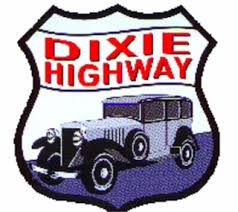
This marker is located in a small parklike setting between two buildings in downtown Kissimmee. The marker reads as follows:
On November 25, 1909, the "Autoists" participating in "The Great Endurnace Run" were treated to a gaia Thanksgiving Day banquet at the Graystone Hotel which was located on this site. This hotel was the "Official Checkpoint" which ended the third day of driving for the "Drivers and Observers" of the eighteen automobiles that took part in the grueling, four day "Endurance Run" from Tampa to Jacksonville to Tampa to promote good roads for Florida. The race route went through what is now Intercession City. That night, the "Autoists" were given lodging in the Opera House since the Hotel was filled.
This cross-state automobile event did, indeed, foster bond issues and highway construction throughout Florida. The original "Run" was sponsored by the Tampa Daily Times under the auspices of the Tampa Automobile Club with Coca Cola, being advertising sponsors.
On November 25, 1909, the "Autoists" participating in "The Great Endurnace Run" were treated to a gaia Thanksgiving Day banquet at the Graystone Hotel which was located on this site. This hotel was the "Official Checkpoint" which ended the third day of driving for the "Drivers and Observers" of the eighteen automobiles that took part in the grueling, four day "Endurance Run" from Tampa to Jacksonville to Tampa to promote good roads for Florida. The race route went through what is now Intercession City. That night, the "Autoists" were given lodging in the Opera House since the Hotel was filled.
This cross-state automobile event did, indeed, foster bond issues and highway construction throughout Florida. The original "Run" was sponsored by the Tampa Daily Times under the auspices of the Tampa Automobile Club with Coca Cola, being advertising sponsors.
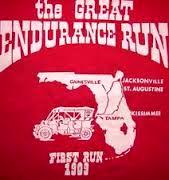
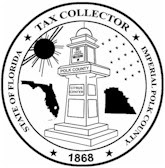
Click Polk County Seal to visit the Citurs website
The Dixie Highway was a United States automobile highway, first planned in 1914 to connect Chicago, IL with Miami, FL -- a distance of 5,786 miles. It was part of the National Auto Trail system, and grew out of an earlier Miami to Montreal highway. The final result is better understood as a network of connected paved roads, rather than one single highway. It was constructed and expanded from 1915 to 1927 and went through what is now Intercession City.

Double click here to edit this text.
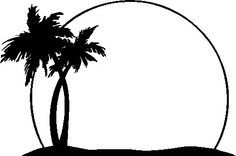



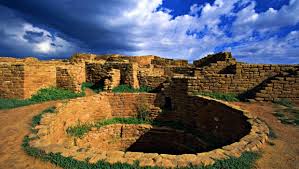
Miss England and Mr. Maddy fulfilled many of their dreams. However, they had bigger dreams and goals. We can all be a part of redigging the wells that they dug and digging the new wells that they planned to dig but never finished their dreams and visions they had.
And then there are the new wells and new things that the Lord wants to show us today concerning the building of His Kingdom on earth.
And then there are the new wells and new things that the Lord wants to show us today concerning the building of His Kingdom on earth.

Some Florida History that Impacted the World